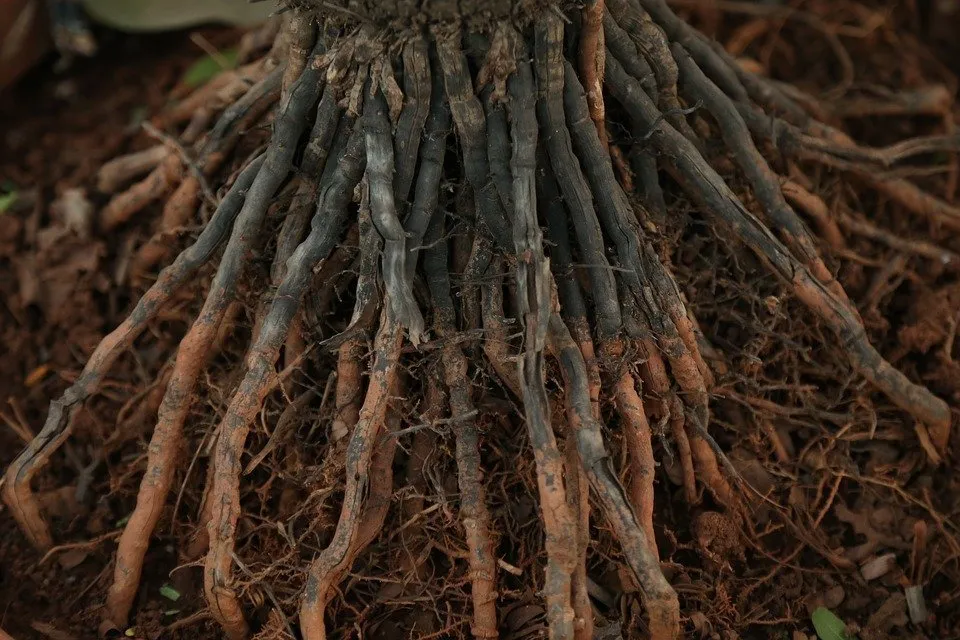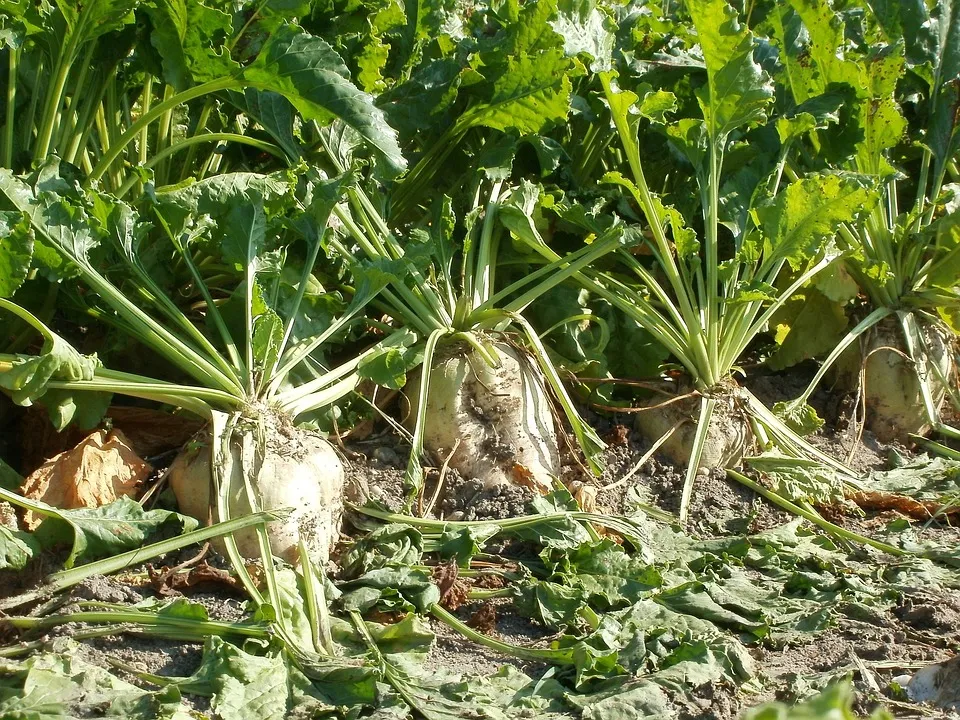▶ Abstract
Lovers of soil ecology know that the rhizosphere is the portion of the soil that is directly and strongly influenced by the roots of higher plants, where the biological activity is at its maximum, since it is the region of the soil under the direct influence of the hyphae of arbuscular mycorrhizal fungi AMF.


▶ In the previous publication, I mentioned that arbuscular mycorrhizal fungi, like plant roots, their hyphae release exudates rich in organic compounds, which constitute a source of nutrients, favoring the presence of a microbial community that provides key services in the biogeochemical cycling of nutrients, protection against pathogens, secretion of growth-regulating hormones, enzymatic activity, among other things.
In this sense, it is also worth mentioning that the external mycelium of arbuscular mycorrhizal fungi, which also acts as a carbon sink, releases a glycoprotein called glomalin, which has a cementing action on soil particles, improving their structure and stability by promoting the formation of water-stable aggregates.

▶ For agro-ecologists, most plants in natural ecosystems as well as in agro-ecosystems are associated with arbuscular mycorrhizal fungi, forming a symbiosis, almost always mutualistic..
It is stated that this association of arbuscular mycorrhizal fungi of the Phylum genus acts as a strict colonizer of the roots, while in plants there is a continuum in the level of dependence on the mycorrhizal condition.

▶ The truth is, or rather the point I am trying to get to is that that portion of the soil influenced by arbuscular mycorrhizae, that is, by roots colonized by arbuscular mycorrhizal fungi, is called mycorrhizosphere.
Similarly, there is a wide range of functional microorganisms, even greater with respect to the rhizosphere and hyphosphere, such as bacteria, fungi, actinomycetes, protozoa, nematodes, arthropods, etc., that can be found in the rhizosphere.

These mycorrhizal microorganisms establish inter- and intraspecific relationships that together self-regulate the soil-plant-biological activity system, generating direct and indirect benefits for the functioning of ecosystems, including agroecosystems.
▶ Conclusion
The mycorrhizosphere mentioned in this publication, in addition to stimulating greater microbial diversity and activity, regulates soil pH, stimulates the release of nutrients from organic matter and participation in the nutrient cycle, favors biofertilization, bioprotection against pathogens, bioremediation, among other actions that can benefit agrosystems.
NOTE: Reference material.
-The Ecology of Arbuscular Mycorrhizal Fungi
-Interactions between arbuscular mycorrhizal fungi and bacteria and their potential for stimulating plant growth
≕ I invite you to stay tuned and read my next contribution ≔
PS: This article has been published from the ecoTrain community
